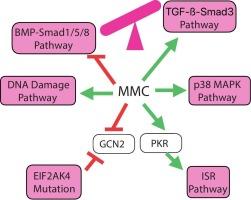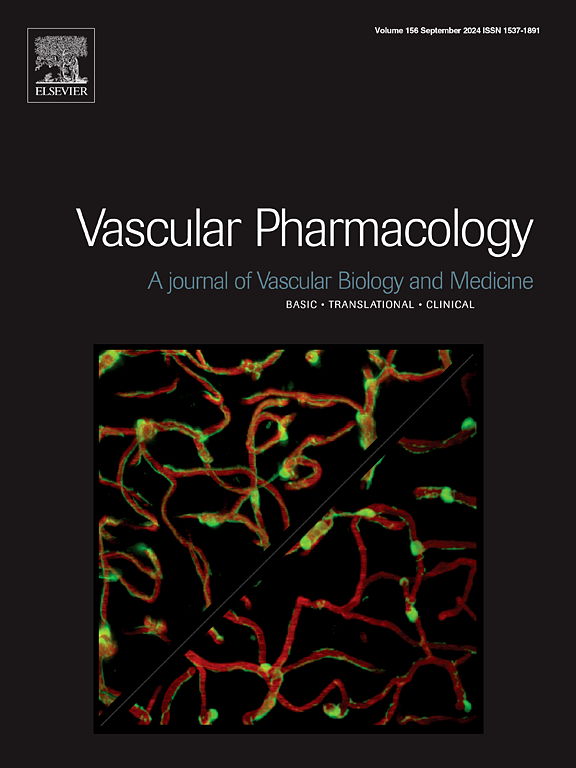Pulmonary veno-occlusive disease: Insights from animal models
IF 3.5
3区 医学
Q2 PHARMACOLOGY & PHARMACY
引用次数: 0
Abstract
Pulmonary veno-occlusive disease (PVOD) is a subtype of pulmonary hypertension (PH) with a poor prognosis. Patients with PVOD develop a gradual increase in pulmonary vascular resistance (PVR) and right heart failure. PVOD can occur sporadically (known as sporadic PVOD or sPVOD) or be inherited (known as heritable PVOD or hPVOD). The estimated incidence rate of PVOD is 0.1–0.5 cases per million, which is about ten times less frequent than that of pulmonary artery hypertension (PAH), a condition closely related to PVOD. Because many clinical features of PVOD overlap with those of PAH, PVOD patients are often misdiagnosed as PAH. There is a critical need for early and accurate diagnosis of PVOD and effective therapeutics for PVOD developed based on its underlying etiology. In this review, we highlight the similarities and distinctions between PAH and PVOD, recent advances in understanding the mechanisms of vascular remodeling in PVOD using animal models, and emerging therapeutic strategies specifically targeting PVOD informed by these insights.

肺静脉闭塞性疾病:来自动物模型的见解
肺静脉闭塞性疾病(PVOD)是肺动脉高压(pH)的一种亚型,预后较差。PVOD患者肺血管阻力(PVR)逐渐增加和右心衰。PVOD可以是偶发的(称为散发性PVOD或sPVOD),也可以是遗传性的(称为遗传性PVOD或hPVOD)。PVOD的估计发病率为0.1-0.5例/百万,比肺动脉高压(PAH)的发病率低约10倍,肺动脉高压是与PVOD密切相关的疾病。由于PVOD的许多临床特征与PAH重叠,PVOD患者常被误诊为PAH。迫切需要对PVOD进行早期准确的诊断,并根据其潜在的病因开发有效的治疗方法。在这篇综述中,我们强调了PAH和PVOD之间的异同,利用动物模型了解PVOD血管重塑机制的最新进展,以及基于这些见解的针对PVOD的新治疗策略。
本文章由计算机程序翻译,如有差异,请以英文原文为准。
求助全文
约1分钟内获得全文
求助全文
来源期刊

Vascular pharmacology
医学-药学
CiteScore
6.60
自引率
2.50%
发文量
153
审稿时长
31 days
期刊介绍:
Vascular Pharmacology publishes papers, which contains results of all aspects of biology and pharmacology of the vascular system.
Papers are encouraged in basic, translational and clinical aspects of Vascular Biology and Pharmacology, utilizing approaches ranging from molecular biology to integrative physiology. All papers are in English.
The Journal publishes review articles which include vascular aspects of thrombosis, inflammation, cell signalling, atherosclerosis, and lipid metabolism.
 求助内容:
求助内容: 应助结果提醒方式:
应助结果提醒方式:


